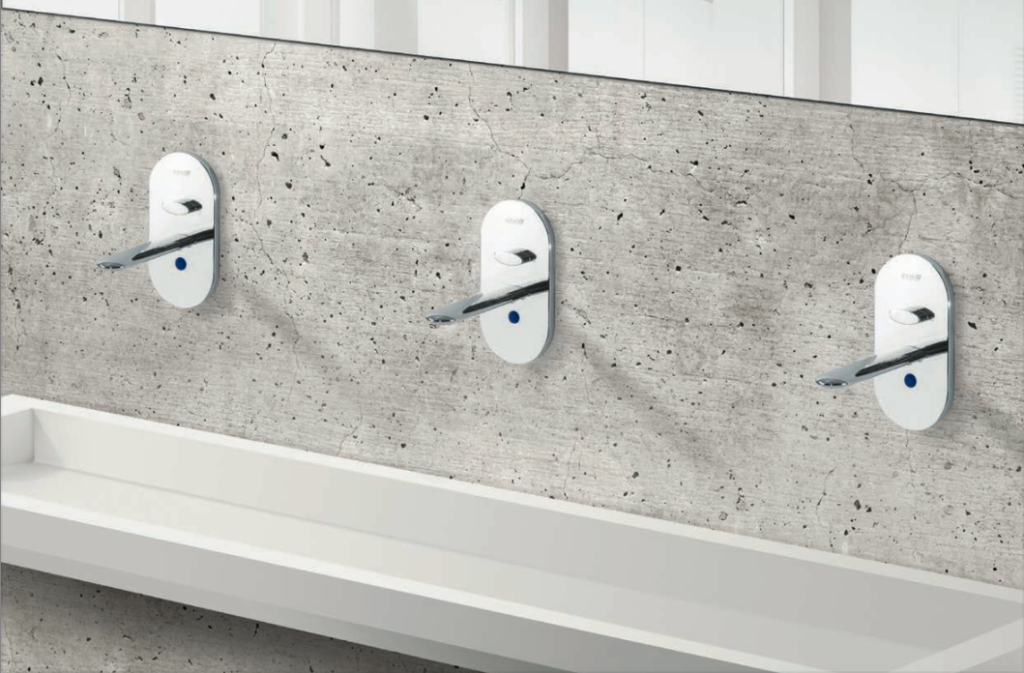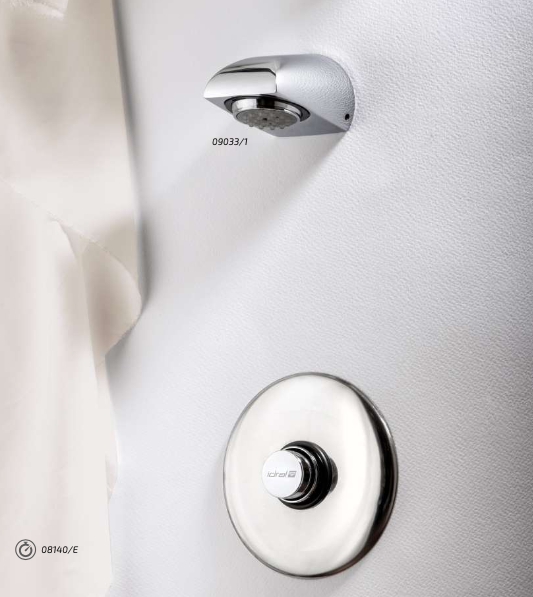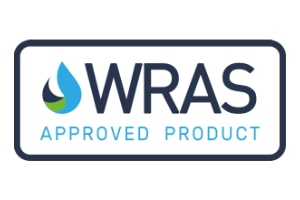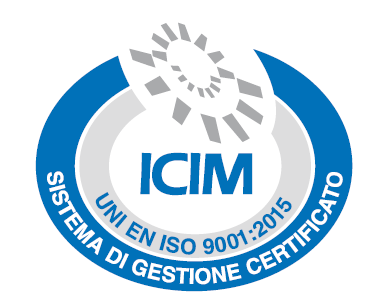Menu
According to the International Health, Racquet & Sportsclub Association (IHRSA), there are approximately 210,000 sports centres in the world with over 183 million members, generating enormous wealth, estimated at $94 billion, but also a huge impact on the environment. These facilities can use hundreds of thousands of litres of water a year for filling swimming pools, for cleaning the facility, for heating and air-conditioning, and in the restrooms to operate toilets, urinals and showers. In addition to being a resource that is running low, water costs money. Gyms and sports centres often have to pay staggering bills for water and heating costs. This means any steps a gym or health club can take to decrease water consumption not only promotes sustainability, but reduces operating costs, as well.
Changing rooms are high-traffic areas that consume large amounts of energy and water. With the right precautions, rethinking bathrooms and showers allows you to reduce waste and costs by 20% to 70%.
A simple and cost-effective option for reducing water consumption in locker rooms without replacing the existing taps is the use of systems such as aerators and flow limiters for taps, shower heads, hand showers and high-efficiency toilet flushing. This reduces water consumption, but not the waste that occurs when users leave the flow open to soap their hands, by mistake or misuse. The best solution are taps with automatic closing systems, whether they are electronic or timed. These taps allow you to reduce up to 70% of water consumption. Every time a person washes his hands with a traditional tap, letting the water flow, the waste can go up to 12 litres; with a timed tap you consume 1.6 litres of water and with an electronic tap only 0.8 litres of water. For a high-traffic space like the locker room of a sports centre, you can easily imagine the savings in costs and environmental impact that electronic and timed taps represent. To find out more, check the video.

The type of shower installed has an influence on hot water use. A timed shower that shuts off after 20-30 seconds will use less water than a manual shower, as people are quicker to shower and they waste less water. In addition, hand showers are often left on while showering and, sadly, sometimes even between users. A shower running continuously for one hour can discharge up to 900 litres of hot water (with an average flow rate of 15l/min). Cutting down your shower time from 20 minutes to 5 minutes can save 225 litres of water! That’s just for your own shower. Think about how many people shower every day at the gym.
Replacing traditional shower heads with those with a reduced flow rate allows you to save several hundred thousand litres of water a year. Furthermore, the use of electronic or timed mixers allows you to save even more water. Let’s go back to our example: with a traditional shower, we consume an average of 15 litres per minute. With a low-consumption shower head, the flow rate drops to approximately 8 litres per minute. With our built-in shower mixer with 15 sec timed shut-off, you save up to 70% water and costs.

Thermostatic taps enable you to control temperature and water flow and are designed to keep the water temperature constant, avoiding sudden changes. This translates into energy savings, as the continuous transition from hot to cold water implies extra work by the water heater, which then affects your bill. At Idral we have an original solution that combines the benefits of the thermostatic mixer with those of the timed control thanks to a cartridge designed to control the temperature and shut off the water flow with a single device, allowing you to save water and energy.
Retrofitting a sport centre bathroom with a new set of water-conserving fixtures might seem expensive. However, the water saved will save you money and help the planet in the long run.
Most of Idral’s toilets consume 5 litres of water for each flush, while conventional cisterns use 9 to 12 litres per flush. This translates into savings of more than 50% in water consumption and related costs. As for urinals, which typically are used far more frequently than toilets in male locker rooms, significant savings can be achieved by replacing the standard solutions, with automatic urinals such as our electronic urinals.
A gym can do a lot to be more sustainable and have a positive effect on the community, not only by promoting people’s well-being, but also by helping the environment. Investing in sustainability generates a virtuous circle that is a very powerful differentiator for customers. “Green” gyms are definitely the way to go, and it is exciting to see them appear on the market. If you need advice on designing your next gym, contact us!




Keep up to date
Idral S.p.a. a socio unico – Via Isei 8/10 – 28010 Gargallo (NO) Italia
Cap. Soc. € 660.000 i.v. | C.F. e Iscr. reg. imp. NO 00124610031 | REA n° 104665 | C.C.I.A.A. Novara | P.IVA 00124610031